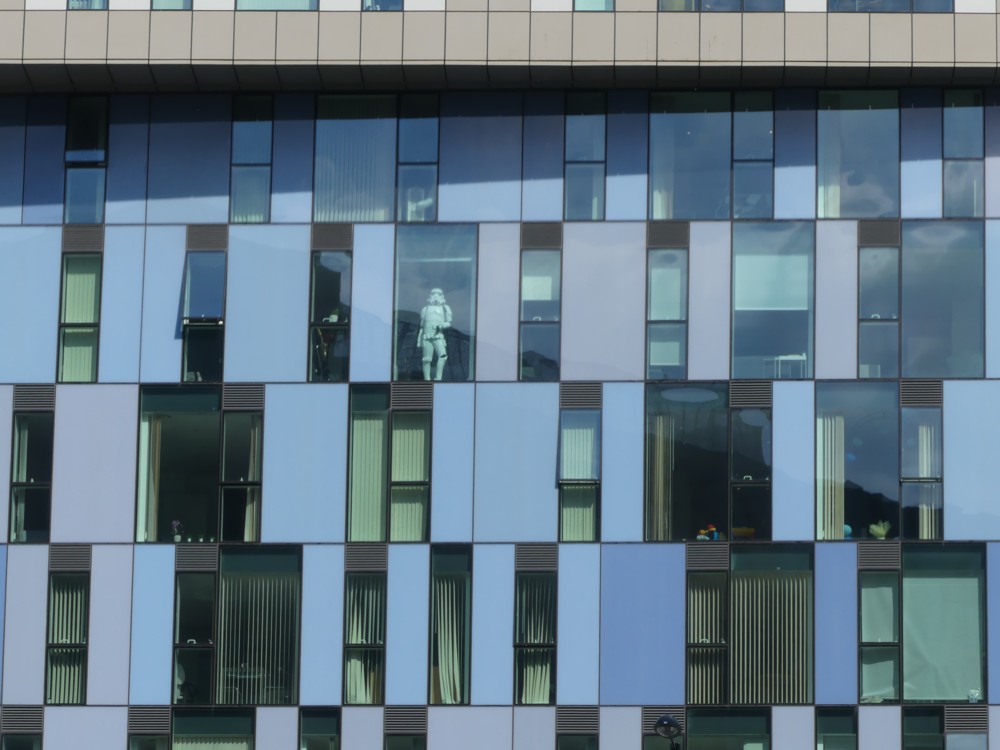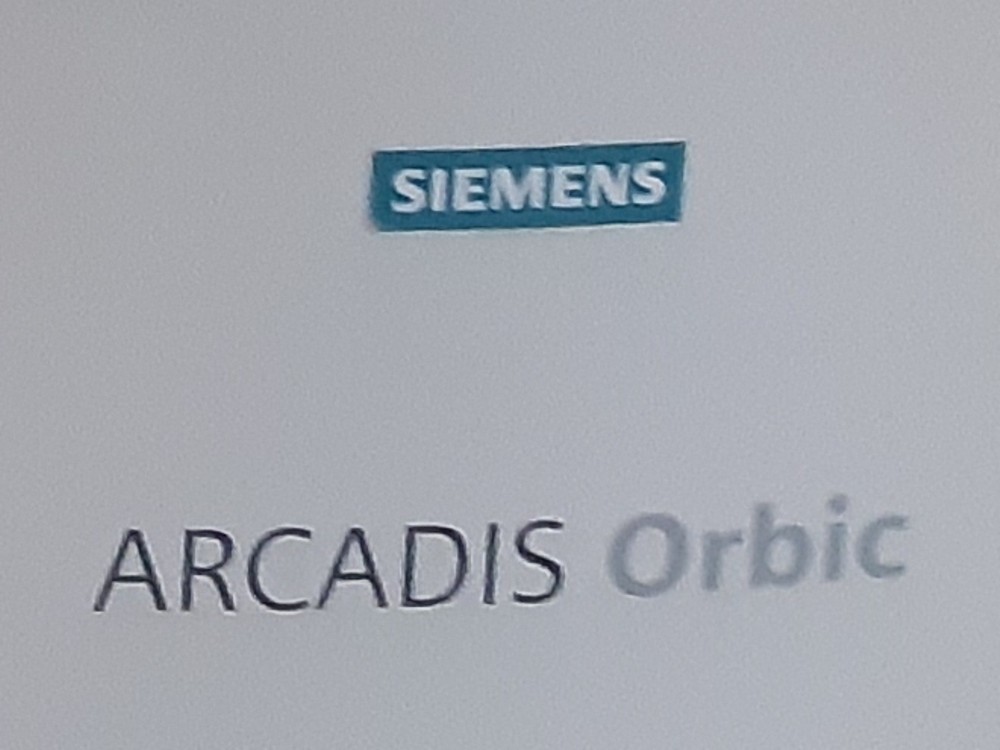Apparently some idiots in Japan have tested something they describe as a flying car. What it really is is an aircraft capable of lifting a car. Big bloody deal. Why would you want to combine a car with an aircraft? They’re two different things. Cars are compact, to avoid occupying too much road. Aircraft reach outwards into the air, with big propellers or with big wings, to grab hold of the air and push themselves upwards. Two totally different things. Oh, you can build a “flying car”, that is to say a car which always carries a huge set of wings or propellers around with it. To put it another way, you can make an airplane capable of travelling on a very long runway shared with lots of other vehicles, by, you know, folding up its wings or propellers really really tightly. Yes. And you can make a baby pram that can also mow your lawn, really quietly so as not to enrage the baby. You can make a toaster that can also do the ironing. You can make an umbrella that doubles up as a snooker cue. But what the hell is the point of doing two such distantly related things, both very badly? Why not just do each thing separately, and each thing well?
I tried googling “flying cars are stupid”, for the first time just now. The least silly thing I read was this called that exact thing, by someone called James McNab. McNab ignores the point I just made and makes a whole other point, which is that flying cars would need to be driven by people as careful and skilful as pilots are now, rather than people as careful and skilful as car drivers are now. “You can’t handle flying cars!”, is how he puts it, referring to that movie where Jack Nicholson says “You can’t handle the truth!” Which, now I think about it is actually the same point as my point, but put in another way. Why waste a pilot driving a mere bus with hideously low mileage for half his working day, merely because, if you are rich enough and stupid enough, you could preside over such an arrangement? Makes no sense. We’re back to cars and planes being different.
Another big flying car idiocy is that flying cars will get rid of traffic jams. No, they’ll just create bigger and jammier traffic jams in the sky.
McNab also makes another point, which concerns why people who ponder innovation often start thinking that innovation has slowed down and may soon stop.
One source of innovation pessimism would be if you “invent” something that you think ought to have happened by now, like a flying car, note that it still does not exist, and say that therefore “innovation” itself has stopped. No mate. It was just a stupid idea, that did not happen for bloody good reasons. There’s plenty of non-stupid innovation going on nowadays. You are just fixating on stupid stuff. McNab accuses Peter Thiel, no less, of this non sequitur, when he goes from the non-arrival of flying cars to the slowing down of all innovation.
Interestingly, the writer of a book called The Rational Optimist has since written a book about innovation which ends rather pessimistically, in just this kind of way that McNab talks about. Matt Ridley’s fixation is on genetically modified crops, which don’t now work as well as they could because a lot of governments don’t like them. But those same governments have allowed plenty of other new stuff to happen. One of the features of a successful innovation is that it doesn’t piss off politicians too much. It sneaks under the political radar, and by the time the politicians have noticed it, the people already have millions of the things.
As you can surely tell, I am stream-of-consciousness-ing about this, thinking in internetted words. Which is one of the things this blog is for.















